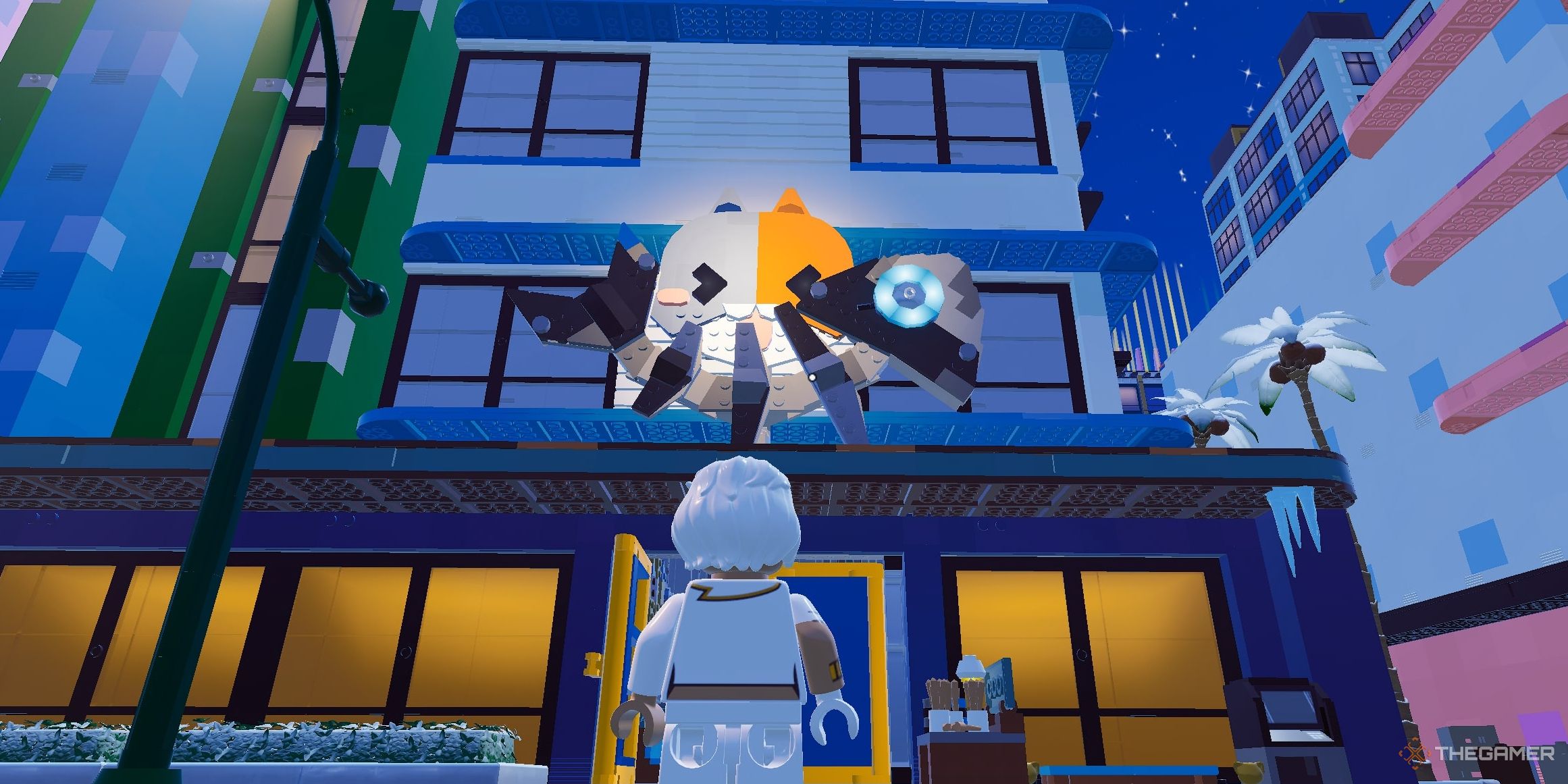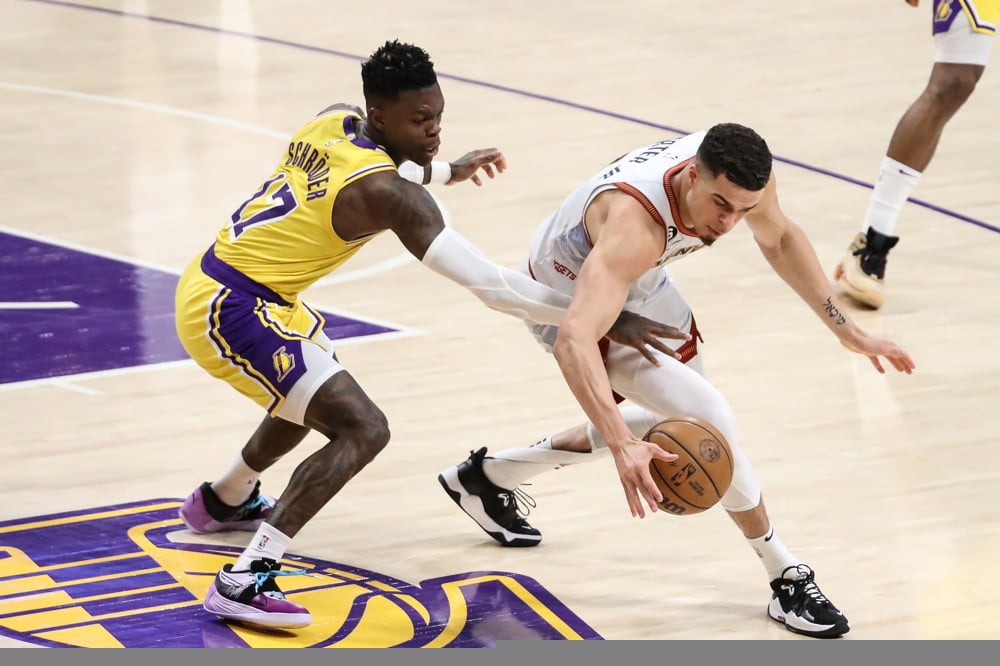Entertainment
From ‘Stranger Things’ to ‘E.T.,’ references to Dungeons & Dragons abound in pop culture
In my reporting for the Journal Sentinel’s article on the 50th anniversary of Lake Geneva-born Dungeons & Dragons, I talked to a lot of people who love the iconic tabletop role-playing game.
They all asked me the same question: Do you play?
Although I’ve never played D&D, I told them that I’ve always considered myself Dungeons & Dragons-adjacent. My family and I play a lot of the elaborate, story-based board games and RPG video games whose elements were inspired by the first fantasy-based role-playing game.
As my sources taught me more about the game and I realized that a lot of everyday language is D&D-inspired — from talking about “leveling up” to comparing real-life people to NPCs (non-playable characters) to laughing at memes that categorize favorite movie characters as “chaotic good” or “lawful evil” — I realized that most people are Dungeons & Dragons-adjacent.
That’s especially obvious when you consider the abundant references to D&D in popular culture – in things like movies, TV shows and video games. What follows is a few influential, interesting, or just plain quirky references to D&D in pop culture.
This list is in no way comprehensive, so if I missed one of your favorites, let me know at amy.schwabe@jrn.com.
Stranger Things
Dungeons & Dragons is hugely integral to the plot of Netflix hit TV series “Stranger Things” — so much so that Hasbro (the parent company publisher of D&D) piggybacked on the popularity of the show and its D&D focus by releasing a “Stranger Things” version of the game.
The show’s adolescent friend group — Will, Mike, Lucas and Dustin — play the game often, and they name the monsters they encounter in real life — including the Demagorgan, Mind Flayer and Vecna —after classic D&D creatures.
In its sweeter (and heartbreaking) moments, the game is central to the characters’ enduring friendship as they often refer to each other by their character names and many of their inside jokes and conversations refer to gameplay. One of the main plots in Season 3 involves Will — who had been the target of monsters in the first two seasons — trying to return to normal life by asking his friends — who have become more interested in their new girlfriends — to play D&D. Will’s feeling of being left behind as his friends move to a new stage of life is one of the more relatable arcs of the show.
Season 4 broaches another key D&D-related theme: the real-life Satanic Panic, when, according to a 2014 BBC article, sensationalized media reports caused some people to worry that D&D opened players up to demon possession. In “Stranger Things,” as the main characters start high school, their new dungeon master, Eddie, is targeted by members of the community who unfairly accuse him of being a cult leader responsible for some of the supernatural deaths that have plagued the town.
Mazes and Monsters
The Satanic Panic — and some adults’ fears of what D&D could do to kids’ minds — was also the impetus for the 1982 TV movie “Mazes and Monsters” based on the novel by Rona Jaffe.
According to a 2020 article on board game website Dicebreaker, Jaffe based her book on sensationalized accounts of the 1979 disappearance of 16-year-old college student James Dallas Eggbert III. The private investigator who was tasked with finding Eggbert discovered that the student was an avid D&D player who would sometimes play the game in the steam tunnels beneath his campus. Although Eggbert’s disappearance and subsequent suicide had nothing to do with the game, the belief took hold among some that D&D’s immersive fantasy worlds were dangerous to real-world youth.
In the movie, a youthful Tom Hanks plays the college student who becomes obsessed with Mazes and Monsters (a stand-in title for Dungeons & Dragons). The gist of the movie is that Hanks’ character becomes so immersed in the game that he loses touch with reality; in the ending scene, his friends pay him a sad visit at his parents’ home, where he thinks he is his game character living in that fantasy world.
Licensed Dungeons & Dragons movies
According to IMDB, there have been four licensed movies set in D&D worlds in the past two decades. The 2000 movie “Dungeons & Dragons” is about a tyrant who tries to overthrow an empress. It stars Jeremy Irons as the villain, whose over-the-top performance has been noted by fans (as shown in YouTube videos with titles like “Best Acting Ever” and “Every time Jeremy Irons goes completely insane in ‘Dungeons & Dragons.’”)
There were two official D&D made-for-TV movies — “Dungeons & Dragons: Wrath of the Dragon God” in 2005 and “Dungeons & Dragons: The Book of Vile Darkness” in 2012 — before D&D returned to the big screen in 2023 with “Dungeons & Dragons: Honor Among Thieves.”
“Honor among Thieves” is similar to the game in that it features a group of characters with different skill sets who work together to complete a quest, meeting obstacles and villains along the way. According to one of the film’s writers, John Francis Daley, in an interview with “Den of Geek” in March 2023, the heist plot of the movie was meant to appeal to both D&D fans and those new to the game.
“It is a genre that people are familiar with and can kind of serve as a gateway to the uninitiated,” Daley said in the “Den of Geek” article. “They understand what our characters are setting out to do without being overwhelmed by lore or proper nouns that might confuse them.”
E.T.
In an early scene in the hugely popular 1982 movie “E.T,” main character Elliott tries to get involved in the Dungeons & Dragons game his older brother is playing with friends. The scene is short, but the story behind its inclusion is notable.
According to a 2020 “Looper” article, Robert MacNaughton, the actor who played Elliott’s older brother, gave a 1986 interview with Orange Coast Magazine, where he explained that, “after learning during MacNaughton’s audition that he was a fan of Dungeons & Dragons, (director Steven) Spielberg arranged for all the younger actors to play D&D together prior to the start of filming. He hoped the cast and crew would feel as if they were family during the making of the film.”
Dungeons & Dragons in cartoons
The early 1980s “Dungeons & Dragons” cartoon TV series — which centered around a group of kids who rode a Dungeons & Dragons ride at a theme park, was transported to a D&D realm and spent three seasons trying to find a way back home — was notable because Gary Gygax, the co-creator of the game who lived in Lake Geneva, was one of the cartoon’s producers.
A 2000 episode of “Futurama” is also notable for its Gary Gygax connection; in “Anthology of Interest I,” Gygax (who plays himself) is a member of the Vice Presidential Action Rangers, led by Al Gore (a group that also included Stephen Hawking, Star Trek actor Nichelle Nichols and chess-playing computer Deep Blue). In the episode, Gygax makes his decisions by rolling his 20-sided die (which Gore confiscates at one point), and becomes the dungeon master when the group gets sent to an alternate dimension where they play D&D for eternity.
Two Disney Channel animated shows have introduced Gen Z kids to D&D over the past decade: a 2015 episode of “Gravity Falls” and a 2021 episode of “Big City Greens.” In both episodes, characters start playing the tabletop game, but end up playing in “real life” fantasy worlds (either through characters’ imaginations or because they get transported to an alternate dimension). Interestingly (presumably because they didn’t have permission to use the title Dungeons & Dragons), both shows call the tabletop game different titles — “Dungeons, Dungeons and More Dungeons” in “Gravity Falls” and “Mages & Mazes” in “Big City Greens.”
And for My Little Pony fans, there’s a 2016 episode of “My Little Pony: Friendship is Magic” where a pony and two dragons play D&D (called “Oubliettes & Ogres” in the episode) until one of the dragons uses magic to transport the group into a real-life RPG world because his feelings get hurt.
Video games
Although there are dozens of video games that take place in D&D worlds, the tabletop game’s unexpected appearance in the 2017 narrative video game “Life is Strange: Before the Storm,” stands out because the “Life is Strange” video games follow the lives of normal, modern (if slightly supernatural) teenage characters. And unlike a lot of pop culture D&D stories — which usually end up with the characters going through a portal, being enchanted by a wizard, or even just using their imaginations to go into “real-life” versions of the game — the “Life is Strange” characters remain seated at a picnic table outside their high school (or in a hospital room in an optional later scene), using character sheets, miniatures and a map to build their friendship as they play D&D.
‘The Big Bang Theory’
The main cast of nerds in “The Big Bang Theory” play D&D several times throughout the series. The most notable appearance is in “The D&D Vortex,” which aired in 2019. A number of celebrities play D&D in the episode, including Kareem Abdul-Jabbar; Star Trek actors William Shatner and Wil Wheaton (who is also a real-life tabletop game aficionado); writer, director and actor Kevin Smith; and actor Joe Manganiello.
The episode is filled with stereotypes about people who play D&D; for example, the women aren’t interested in playing the game until they find out “hot” movie star Manganiello is playing. And at one point, when the celebrities are trying to figure out how to defeat a monster, they ask main character Leonard what he wants to do. Leonard, who is enamored with being so close to William Shatner, answers, “I think this is the greatest day of my entire life.” Shatner responds: “Sorry. One day, you’ll meet a girl.”
The stereotype that only nerds play D&D is belied by the people who play the game in the episode. Joe Manganiello is, in fact, obsessed with D&D as he revealed in an interview with Stephen Colbert when he also showed off pictures of his basement game room, which he jokingly referred to as “the Gary Gygax memorial dungeon in Beverly Hills.”
‘Freaks and Geeks’
“Freaks and Geeks,” a TV show that aired for one season from 1999-2000, addresses the “only nerds play D&D” trope in a particularly sweet way.
Throughout the series, the “geeks” of the show ― a group of friends attending high school in the early 1980s — often reference their Dungeons & Dragons games. In the series’ final episode, “Discos and Dragons,” one of the geeks, Sam, invites one of the “freaks,” Daniel, to play with them.
Although Sam’s friends are reluctant to let someone “cool” play with them, and Daniel thinks the game is for nerds, he agrees to play.
After they’ve finished their D&D game, before leaving the room to get a soda, Daniel tells the friends he wants to play again the following night. One of the friends asks the others, “Does him wanting to play with us again mean that he’s turning into a geek or that we’re turning into cool guys?”
Sam answers: “I don’t know. But I’m gonna go for us turning into cool guys.”









